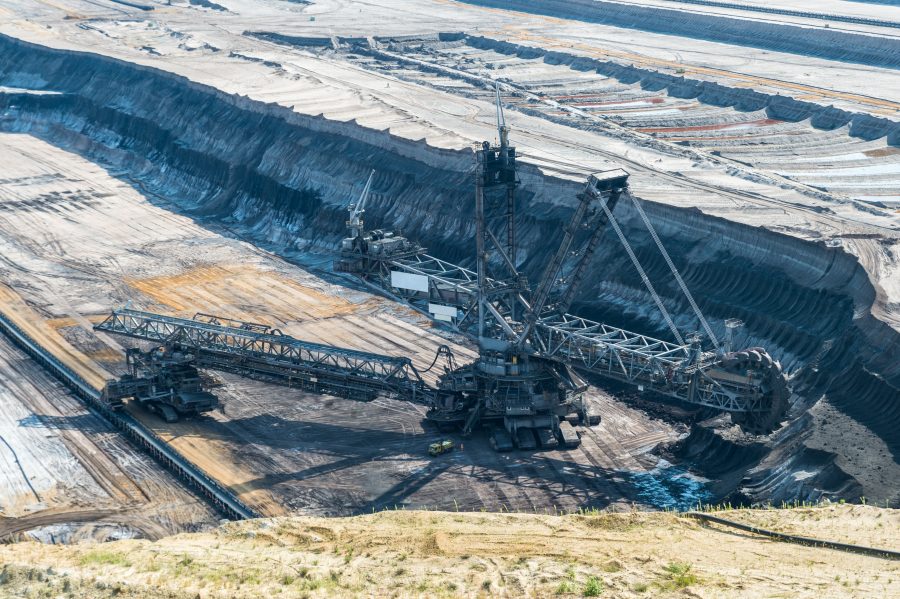
A new report from Global Energy Monitor (GEM) highlights a powerful opportunity: coal mine solar conversion. Specifically, by turning closed or soon-to-close coal mines into solar energy parks, the world could gain up to 300 GW of new solar capacity by 2030. To put that into perspective, that’s enough electricity to power a country the size of Germany, according to The Guardian.
Notably, countries like China, the United States, Australia, India, and Indonesia are especially well-positioned to benefit from this shift (source: renewableinstitute.org), thanks to their large coal mine footprints and strong solar potential.
Importantly, the idea isn’t just theoretical. In China, over 90 solar projects are already up and running on former coal mine sites, with a combined capacity of 14 GW – and another 9 GW in the pipeline (source: euronews.com). This demonstrates the viability of large-scale coal-to-solar transformation.
Europe is moving in a similar direction. Projects are under development in countries like Greece, Germany, and across the Western Balkans, where former lignite mines are being repurposed for solar (source: Balkan Green Energy News).
However, transforming old coal mines isn’t always simple. Issues such as soil pollution, land instability, and unclear land rights can delay progress or increase costs (source: Green Ubuntu). These obstacles, while real, are not insurmountable. Nonetheless, experts believe that the long-term benefits – clean energy, land recovery, and jobs – far outweigh the risks (source: renewableinstitute.org). As a result, many stakeholders continue to advocate for these conversions.
This solution offers a rare triple win:
As Global Energy Monitor puts it, this is a “perfect match” between land restoration, renewable energy expansion, and economic recovery (source: Ecowatch).
At MET3R, we focus on tracking and optimizing decentralized and distributed energy systems, like solar microgrids. Projects that convert coal mines into solar fields need smart monitoring and analytics tools to ensure performance, efficiency, and long-term success. You can read more about how we support these efforts on our decentralized energy systems page.